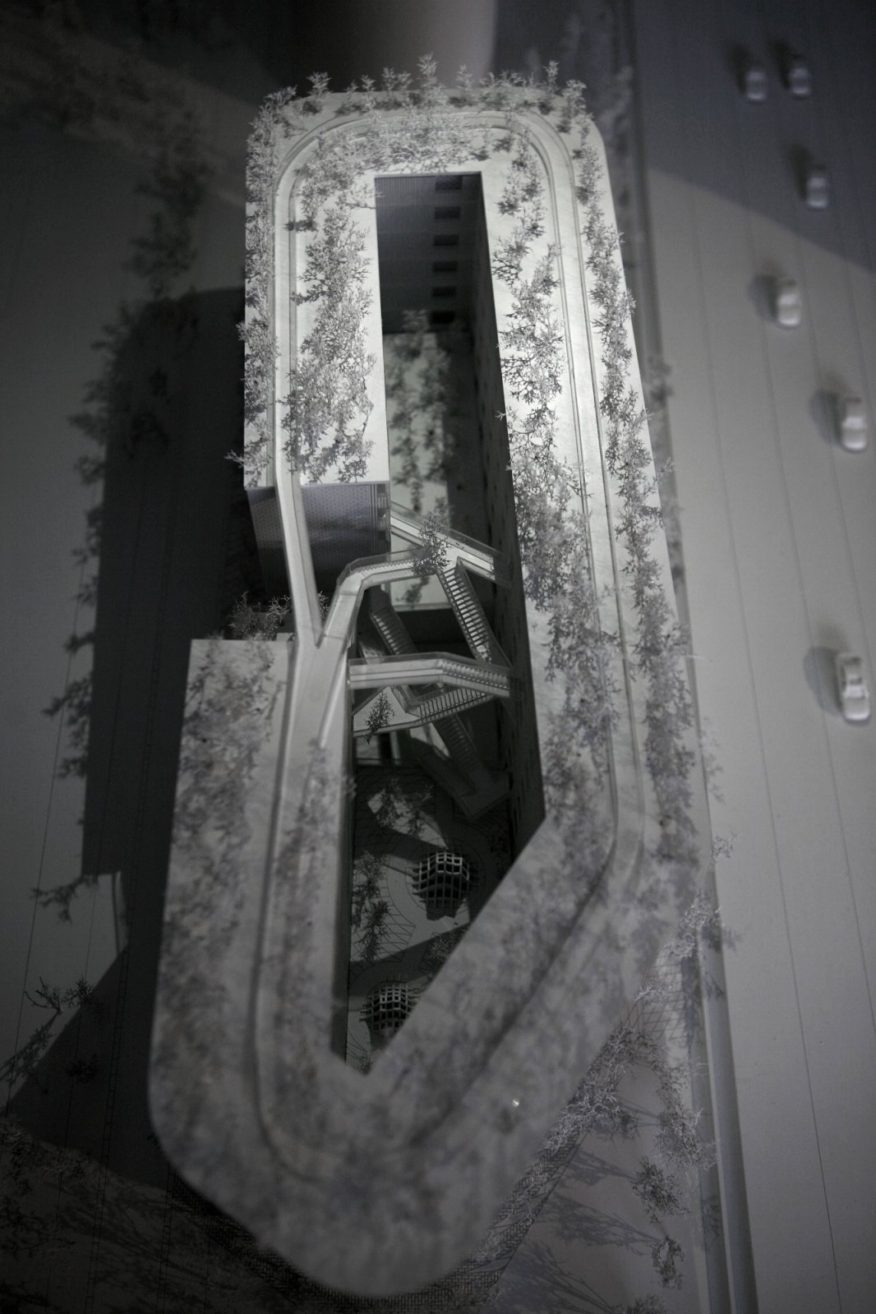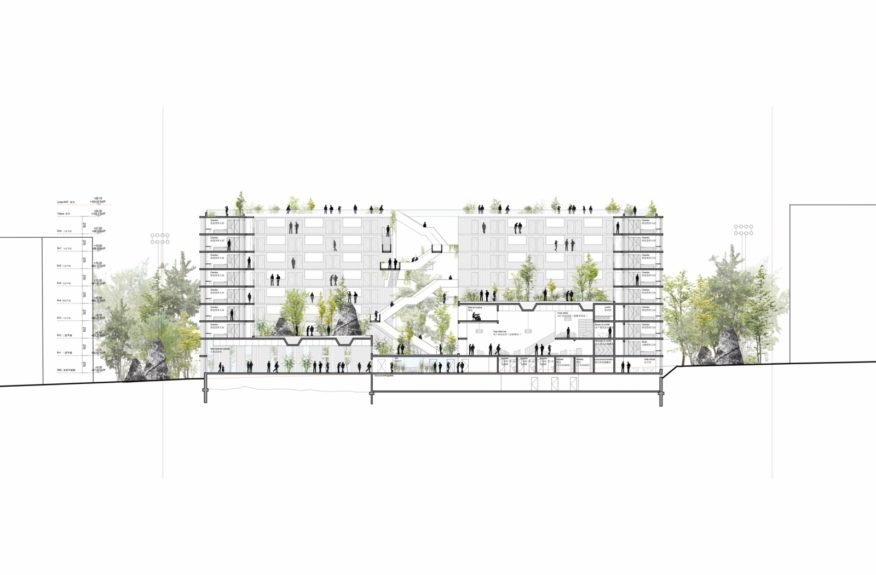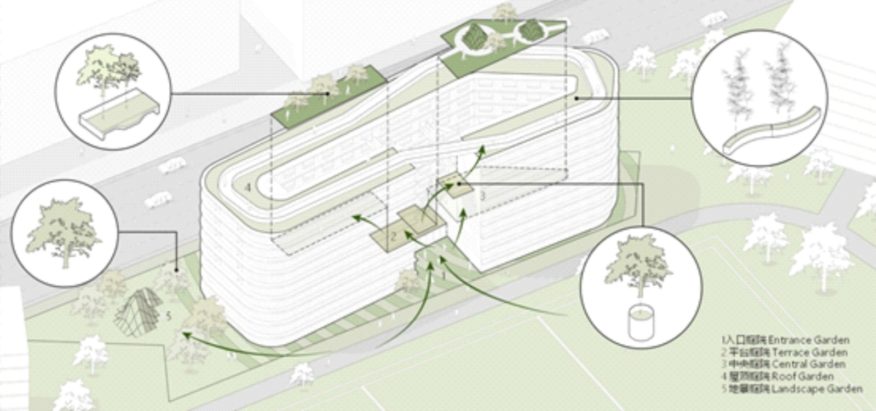
The Cité Internationale Universitaire de Paris (CIUP) opened an international competition for the design of the on-campus project Foundation de Chine (Foundation of China), aiming to develop a new residential facility that features 300 independent accommodation units and a cultural activity hall for 500 people. The joint design team Coldefy & Associés Architectes Urbanistes + Atelier FCJZ declared winner of the competition.

Founded in 1920, the CIUP currently holds over 40 academic related buildings that are named and constructed by different nationalities, among them are works of recognized architects, such as Collège Néerlandais (The Netherlands College, 1926) designed by Willem Marinus Dudok, Pavillon Suisse (The Pavilion of Switzerland, 1930) designed by Le Corbusier, Maison du Brésil (Home of Brazil, 1954), designed by Le Corbusier and Lucio Costa, and Pavillon de l’Iran (Pavillion of Iran,1969), designed by Claude Parent.

Located at the south side of CIUP, the Foundation de Chine borders the campus green and a sports field to the north, and the Boulevard Périphérique to the south. This 9-storey new building in a semi-enclosed form, altogether with its inclusive manner, embracing gesture, and timeless image, will be greeting students across the world with a warm and wondrous new home in Paris.

The design extracted architectural elements from both the Chinese Tulou (Hakka Earth Building) and the Haussmann Towers, emphasizing their embedded sense of community and social characteristics, in hope to inherit the CIUP’s vision of global peace and cultural integration in the school’s centennial anniversary.

The openness of the Foundation de Chine is not only manifested through its cut open form on the north facade (from which direction the building initiates a time-crossing dialogue with the French Provinces House on the opposite axial end), but is also expressed by its semi-outdoor corridors, sculptural central stairs, and sky terraces, which, while offering journeys of magnificent architectural experiences, further encourage social activities and interactions among the residents.

The utilization of traditional grey brick as the main exterior material has benefited the design with an intrinsic Chinese touch. Various brick laying patterns are applied to further enrich this timeless material. Timber screen is used on the building’s inner facade, creating a semi-outdoor passage that is both friendly and tranquil. The wood is also seen as an organic and sustainable material in the Chinese architectural discourse.

Gardens set on various height further contribute to the creation of social spaces with pervasive Chinese elements, enriching the residents’ living experience while reducing the building’s energy consumption. The design team also invited Mr. Sui Jianguo, a prestigious Chinese sculptor, to direct landscape installations. A roof top greenery, altogether with the Wattway running track that circulate the roof, make the living space more environmentally friendly and healthy.

The design embraces the campus views on the north side and sunshine from south. It then alleviates orientation associated challenges, such as northward sunlight deficiency and southward noise pollution, through a customization of facade composition. The completion of the Foundation de Chine in the short future will mark the 100th anniversary of the CIUP. Source and images, Courtesy of Coldefy & Associés.








